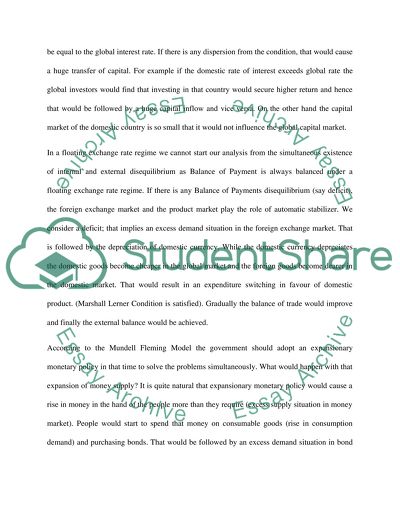Cite this document
(“In conditions of perfect capital mobility and a floating exchange Essay”, n.d.)
In conditions of perfect capital mobility and a floating exchange Essay. Retrieved from https://studentshare.org/miscellaneous/1553803-in-conditions-of-perfect-capital-mobility-and-a-floating-exchange-rate-monetary-policy-may-be-effective-in-achieving-both-internal-and-external-balance-discuss-its-applicability-to-imf-members-which-are-developing-countries
In conditions of perfect capital mobility and a floating exchange Essay. Retrieved from https://studentshare.org/miscellaneous/1553803-in-conditions-of-perfect-capital-mobility-and-a-floating-exchange-rate-monetary-policy-may-be-effective-in-achieving-both-internal-and-external-balance-discuss-its-applicability-to-imf-members-which-are-developing-countries
(In Conditions of Perfect Capital Mobility and a Floating Exchange Essay)
In Conditions of Perfect Capital Mobility and a Floating Exchange Essay. https://studentshare.org/miscellaneous/1553803-in-conditions-of-perfect-capital-mobility-and-a-floating-exchange-rate-monetary-policy-may-be-effective-in-achieving-both-internal-and-external-balance-discuss-its-applicability-to-imf-members-which-are-developing-countries.
In Conditions of Perfect Capital Mobility and a Floating Exchange Essay. https://studentshare.org/miscellaneous/1553803-in-conditions-of-perfect-capital-mobility-and-a-floating-exchange-rate-monetary-policy-may-be-effective-in-achieving-both-internal-and-external-balance-discuss-its-applicability-to-imf-members-which-are-developing-countries.
“In Conditions of Perfect Capital Mobility and a Floating Exchange Essay”, n.d. https://studentshare.org/miscellaneous/1553803-in-conditions-of-perfect-capital-mobility-and-a-floating-exchange-rate-monetary-policy-may-be-effective-in-achieving-both-internal-and-external-balance-discuss-its-applicability-to-imf-members-which-are-developing-countries.


